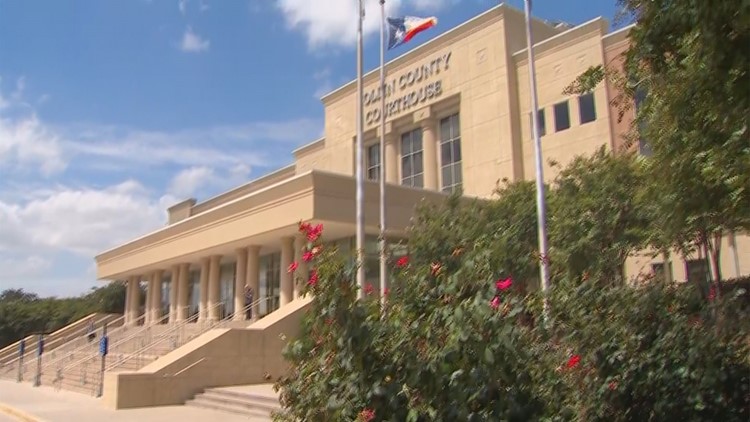COLLIN COUNTY, Texas — Read this story and more North Texas business news from our partners at the Dallas Business Journal
The state has gained over 1,290 new Texans per day since the pandemic, according to Tuesday’s livestream of the 2023 Texas Demographic Conference.
“Texas added more population than any other state. We added almost 4 million,” Dr. Lloyd Potter, Texas State Demographer, said.
While the state continues to experience net-domestic migration from other areas in the U.S. and rural parts of Texas, The Texas Triangle, which consists of the state’s core urban areas of Austin, Dallas-Fort Worth, Houston and San Antonio, comprise about 87% of the population in Texas, due to their significant growth.
“That highlights a dichotomy in terms of population density, and dynamics where west of I-35, where we’re losing population in many of the counties at the same time,” Dr. Potter said. "These counties and the population triangle is really driving us to be the most significant state of the country.”
Here are five key takeaways from the conference:
Infrastructure
Dr. Potter correlated the significant population growth to expanding concerns and implications tied to infrastructure. There are needs for more roads, highways, transportation, schools, and retail stores to match the rapid pace of growth.
“When you have people, you need to have stuff to move them around like roads. You need to have water, you need to have power, and those are some of our biggest challenges I would say going forward and will continue to be,” Dr. Potter said.
Ground water
While population density impacts the urban core areas, it is causing rippling effects in rural areas, especially since most of West Texas’ agriculture is dependent on ground water.
“Those sources of ground water dry up. Essentially, we have real risk in terms of growing cotton and cows – often referred to as food and fiber,” Dr. Potter said. “If you look at West Texas, its very dependent on that. And with dry up of water and the lack of ability to move water out there, it’s going to potentially impact West Texas [in a] really negative way.”
Diversity
The minority population drove the population growth comprising approximately 95.3% of the change over the past decade. According to the 2021 American Community Survey survey, the Latino population with 40.2% is larger than the non-hispanic white population of 39.4% in Texas. The Black or African-American accounts for 11.6% of the state's population. The Asian population has also been fast-growing, now making up 5.1% of the state's population.
Migration from other states
Most of the net-migration is coming from Californians migrating over to Texas due to cost of living and quality of life, while the skilled labor force is coming from California, Illinois, New York, and internationally.



